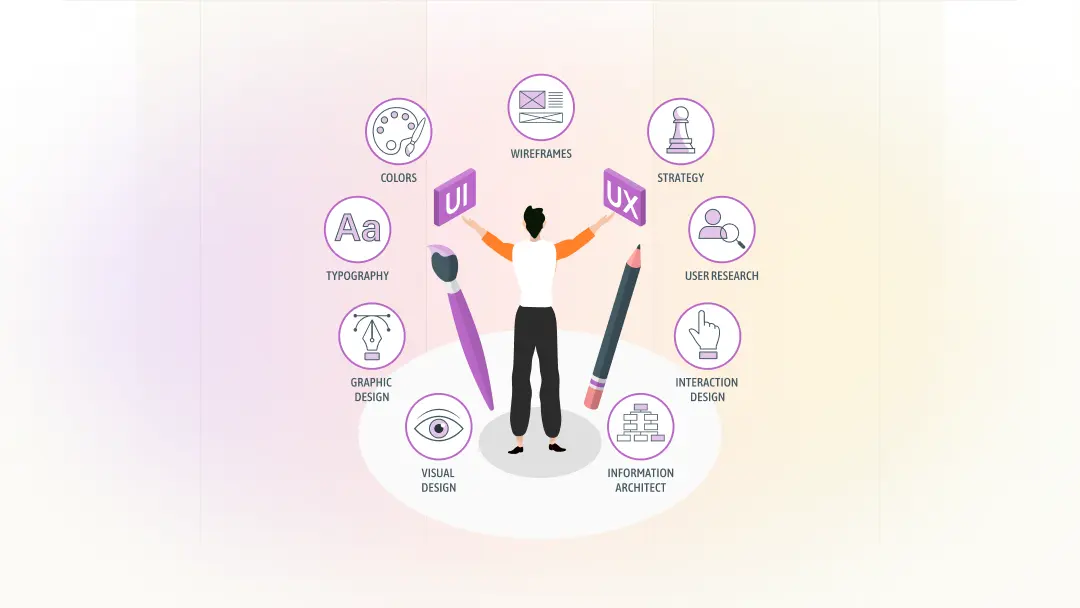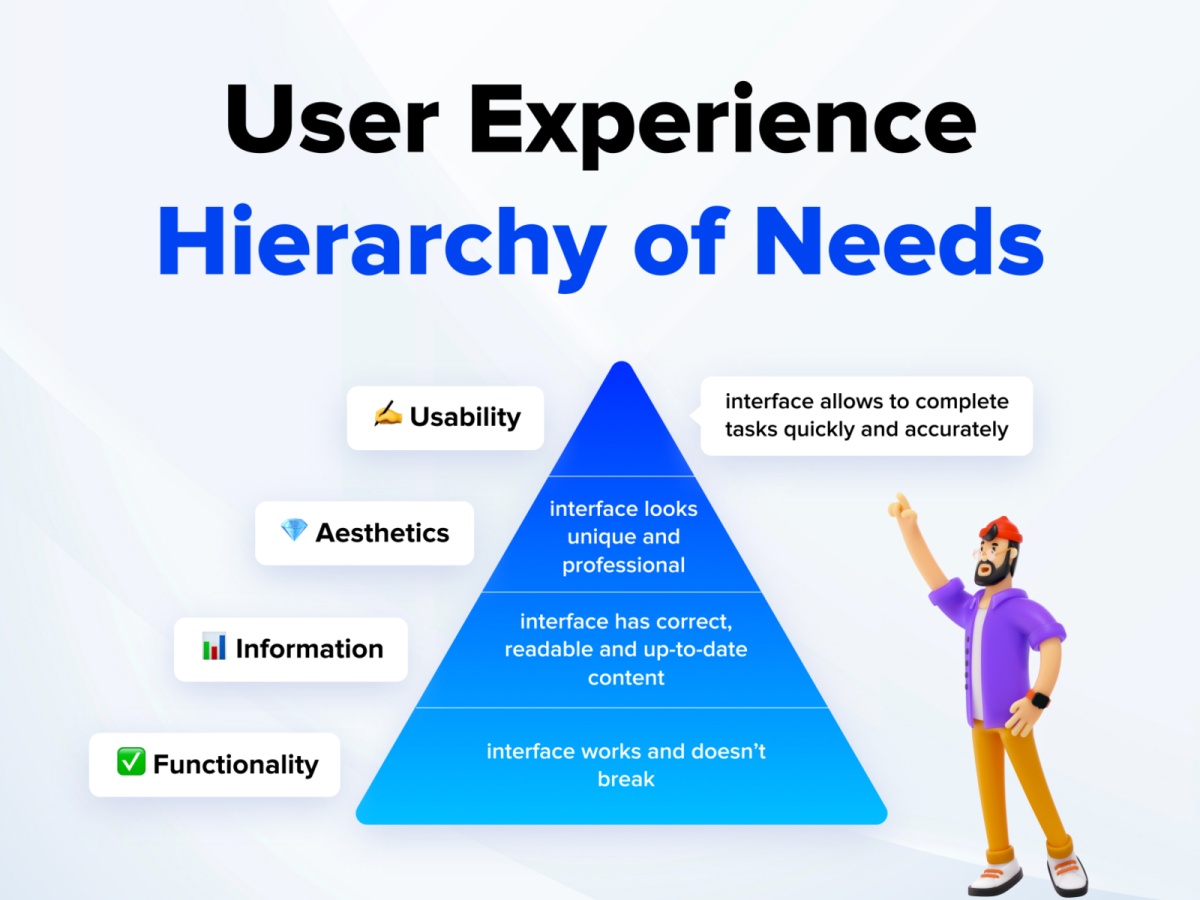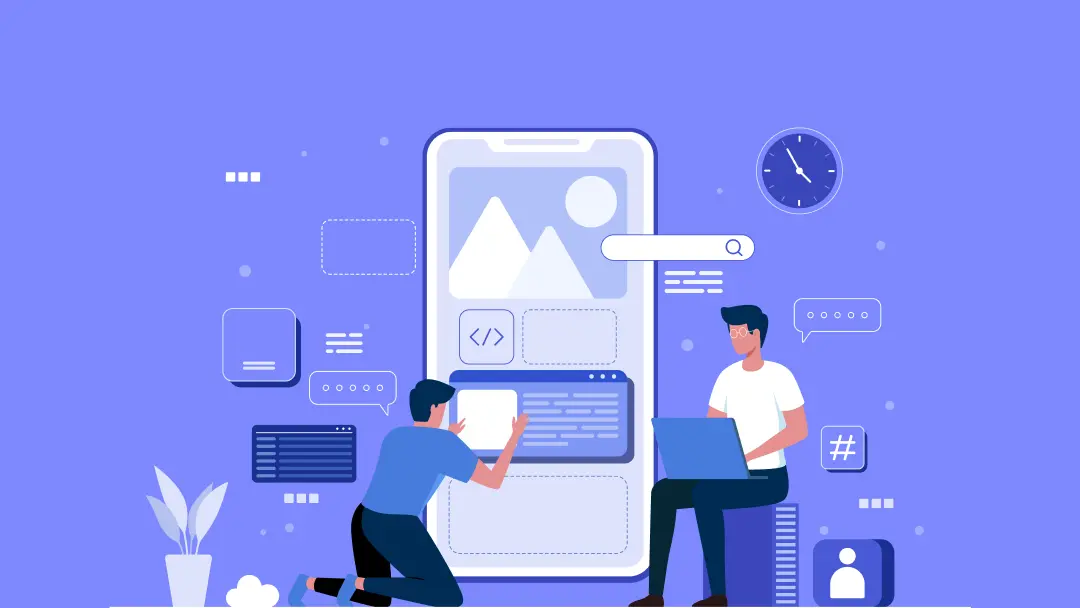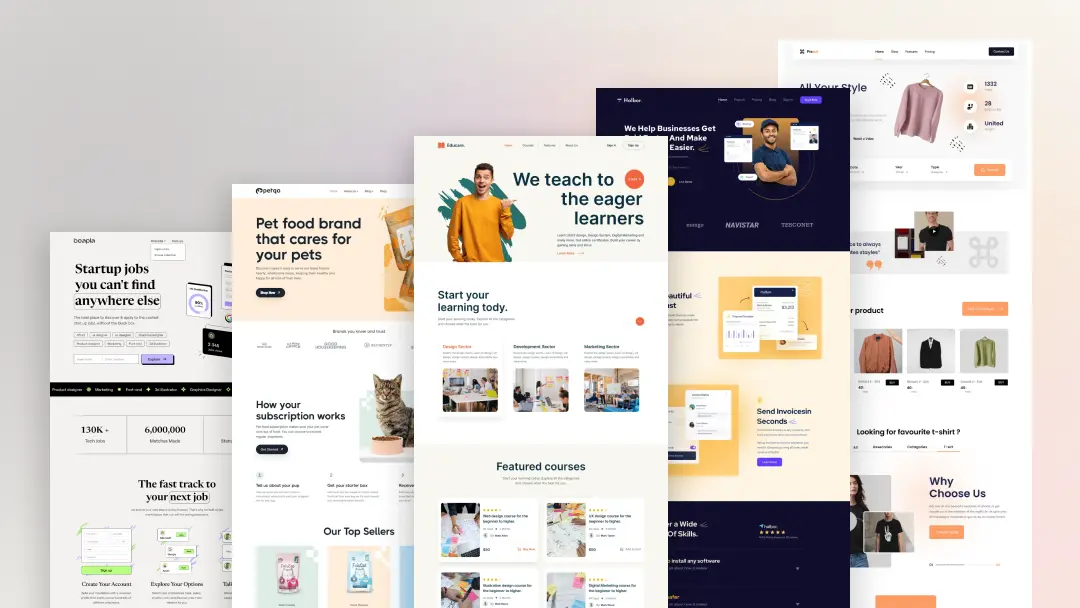Best 18 Examples of User Needs

You're designing a website or product, and you want to know what users need. You could ask them directly, but that's not very efficient. Plus, you might not get honest answers.
So, how can you figure out user needs without asking them? By looking at user feedback. Check out these 18 examples of user needs from real-life products and websites.
What are user needs?
User needs are the specific wants and needs of a user group. This could be anything from the need for speed in a car to the need for comfort in a chair.
When designing or redesigning anything, it's important to know what the user needs to create something that meets their needs and exceeds their expectations. To figure out what users need, you must first understand your audience:
- Demographics: Age, location, occupation, etc.
- Psychographics: Interests, behaviors, values
- Pain Points & Goals: What challenges do they face? What are they trying to achieve?
Only after you have a good understanding of your users can you start to design with their needs in mind.
Why user needs matter
When it comes to product design, it's important to remember that one size does not fit all. Understanding unique user needs enables businesses to create customized, user-friendly solutions that enhance satisfaction and engagement.
User research is the key to discovering these insights. Through surveys, interviews, usability tests, and analytics, businesses can gather valuable data about user preferences, frustrations, and behaviors. This research fuels a design process that prioritizes user experience (UX) and ensures long-term customer loyalty.
How are user needs to be defined?

So how do you go about uncovering user needs? There is no one-size-fits-all answer, but the following guidelines should help:
- Identify Target Users: Understand who they are, their motivations, and pain points.
- Conduct In-Depth User Research: Utilize qualitative and quantitative methods like surveys, focus groups, and behavioral analytics.
- Use Empathy Mapping: Step into the users’ shoes and identify their challenges.
- Create Data-Driven Solutions: Iterate and refine product features based on user feedback and analytics.
How to know about the user needs?
You can get to know your users' needs in a few different ways. The first is by doing user research. This could involve interviews, usability testing, surveys, or some other form of research that gives you an understanding of what users need and want from your product.
Another way to learn about user needs is by looking at your analytics. Track user interactions, click-through rates (CTR), heatmaps, and bounce rates to identify usability issues.
If you have a feedback form or contact email, you can ask users how they feel about your product and what they'd like to see improved. Collect direct feedback via customer reviews, chat support, and feedback forms to understand pain points and feature requests.
What are some examples of user needs?
Some of the most common examples of user needs are convenience, efficiency, effectiveness, and satisfaction. When it comes to designing or developing a product or service, it's important to keep these needs in mind. They help ensure that your users will be happy with the final product or experience.
 By Pierluigi Giglio
By Pierluigi Giglio
Other needs that users may have included pleasure, value, and social acceptability. It's important to tailor your design to meet as many of your users' needs as possible. This will help you create a product or service that they'll love and want to use over and over again.
The following best 18 examples can help you learn more about users and their needs:
1. Functions
When it comes to user needs, there are a few key functions that need to be taken into account. First, is the need for the user to be able to interact with the product or service in some way.
Next, is the need for the user to be able to get information from or about the product or service. Finally, the need for the user to be able to use the product or service in some way.
2. Performance
When it comes to performance, there are a few key areas you'll want to consider.
Firstly, how well does the product meet the user's needs? Is it easy to use? Does it solve the problem it was designed to address?
Secondly, how comfortable is the user while using the product? Is it easy to grip, or does it require too much force? Is it too lightweight or too heavy? And finally, how durable is the product? Will it last a long time without breaking or wearing out? When you're looking for a product that truly meets your needs, be sure to consider all of these factors.
3. Accessibility
One example of a unique user need is accessibility. This could mean making design modifications to accommodate people with disabilities, or creating an interface that is easy to use for people with visual or cognitive breaks.
It could also mean providing clear instructions and feedback so that users can understand how to use the product and what they need to do to achieve their goals.
Good design always takes the user into account, and creating accessible products is essential for ensuring that everyone can benefit from your creation.
4. Productivity
Productivity is a huge need for many users and can be a challenge to design for. People need to be able to quickly and easily complete tasks to be productive. When it comes to designing for productivity, it's important to focus on usability and prioritize the user's needs. You need to make sure that the user's work is as easy and efficient as possible.
Some ways you can do this are by designing an organized interface, providing clear instructions, and allowing for easy customization. The easier it is for the user to get their work done, the more productive they'll be!
5. Comfort
One consistently important user need is comfort. Whether it's a soft fabric, a cushioned seat, or a supportive back, people want to feel comfortable when they're using your product. Comfort is so important that sometimes people are even willing to advance other features in favor of it.
For example, someone might choose a less comfortable chair if it has a cool design they like, or they might choose a less stylish shirt if it's made from a soft and comfortable fabric. So when you're designing your product, make sure you keep comfort in mind!
6. Learnability
One of the most important aspects of a great user experience is how easy it is to learn and use the product. When designing your product, make sure you take into account the user's needs and how they will interact with your product. Does your product have a lot of features? Make sure they are easy to find and use.
Is your product aimed at a new or inexperienced user base? Make sure you walk them through each step in an easy-to-understand way. Don't make your users struggle to learn how to use your product - that's not good for anyone!
7. Stability
One example that is supreme to stability is a need for something to remain in one place or not move. This is usually referred to as "footing." It relates to our need to have a stable base beneath us, whether we are walking, standing, or sitting. For example, when you are standing in line at the grocery store, you need a stable base so that you don't lose your balance and fall.
The same is true when you are sitting in a chair-you need a stable base so that you don't topple over. Products that provide stability for the end user are always in high demand!
8. Peak Experiences
A peak experience is an intense, euphoric moment that is usually associated with positive emotions. They can be physical or mental, and usually occur during moments of complete absorption in an activity or when we are around people we love. Experiences that call up peak emotions can be found in all aspects of life, from our careers to our relationships.
When we're able to find and experience these moments, they can make life feel more fulfilling and joyful. That's why it's important to be aware of the things that make us feel most alive and tap into them as often as possible.
What are your peak experiences? Is there a certain activity you do that always puts you in a good mood? Maybe it's spending time with your family and friends, going on hikes, or exploring new places. Whatever it is, try to make time for it as often as you can!
9. Convenience
When it comes to the needs of users, convenience is always a top priority. In the digital age, people are busier than ever and want to be able to do everything quickly and easily. Mobile apps and websites that are easy to navigate and don’t require a lot of clicks are always going to be more popular than those that make people jump through hoops.
In the same vein, products that are easy to use and don’t require a lot of instruction are sure to be big sellers. Think about Apple products, they are simple to use and don’t require any prior knowledge of technology.
10. Social
People use social media for different reasons. Some people use it to stay in touch with friends and family, some use it for news and current events, and others use it for networking.
Whatever the reason, social media has become an important part of people's lives. A recent study found that the average person spends over two hours a day on social media. That's a lot of time!
11. Discoverability
One of the most important aspects of any product is making sure that users can easily find it and understand how to use it. With so many products on the market today, it's more important than ever to make sure your product stands out. That's why it's essential to focus on discoverability, or helping users find your product and understand what it does. One way to do this is by clearly highlighting the benefits of your product and putting them front and center.
You can also make use of visuals and easy-to-read text to help explain how your product works. And, last but not least, you should always test your design to make sure users can find what they're looking for quickly and easily.
12. Information
People need the information to make informed decisions. When it comes to making a purchase, users need to know as much as possible about the product to feel confident in their decision. This is especially true when it comes to items like jewelry, where people want to know about the quality, the materials, and the craftsmanship.
That's why we make it a point to include as much information as possible on our website, from product descriptions to customer reviews. We want our customers to feel confident in their purchases, and we believe that arming them with information is the best way to do that.
13. Readability
When it comes to user needs, it's important to keep in mind that you need to write for your audience. This means keeping your language simple and easy to read, without any rants or complex terms. You want to make sure that your readers can easily understand what you're trying to say, so they can apply your advice and recommendations to their own lives.
It may help to think of yourself as a friend giving advice, you'd want to communicate in a way that's easy for your friend to understand, right? We try to keep our language simple and approachable so that you can easily learn from our posts.
14. Availability
Availability allows for flexibility and adaptability in providing care, allowing people to receive services when and where they are most appropriate.
15. Accuracy
Thank you so much for taking the time to respond to our recent survey. Your feedback helps us understand what we are doing right and what areas need improvement.
16. Reusability
With Reusability, you can use materials or products more than once. It is a must if you want to be competitive in the industry.
17. Maintainability
Maintainability is the ability of an item to be retained in or restored to, a state in which it can perform its required functions, using formal procedures and resources.
18. Capacity
Capacity needs are the most common purchasing motives when a customer is looking to increase their storage. Make sure you describe the capacity needs they will be meeting by purchasing your product and make it easy for them to understand.
Conclusion
User needs shape the foundation of successful products and services. Businesses that prioritize usability, accessibility, and performance create experiences that enhance customer satisfaction and retention. Through continuous user research, feedback analysis, and UX optimization, brands can stay ahead of user expectations and deliver exceptional digital experiences.

 By
By 


